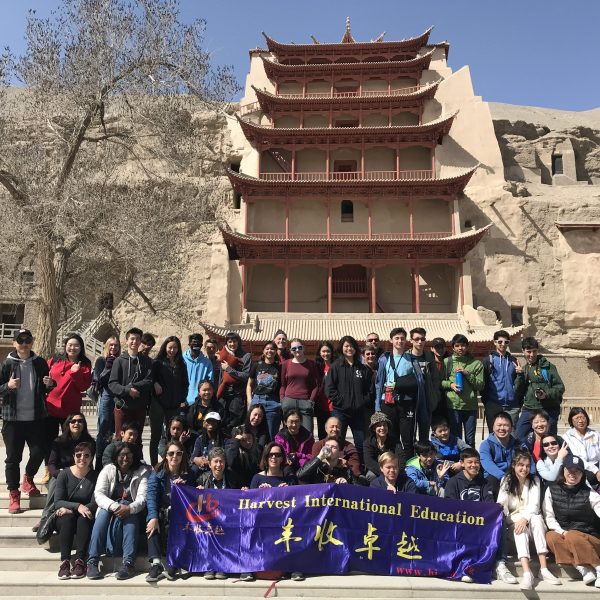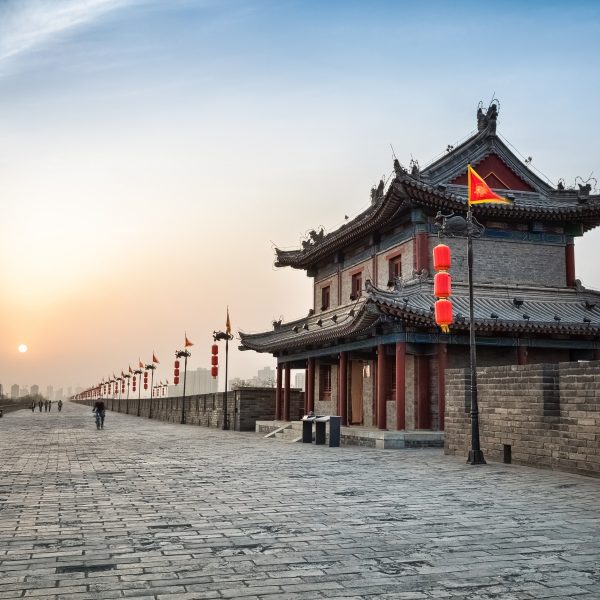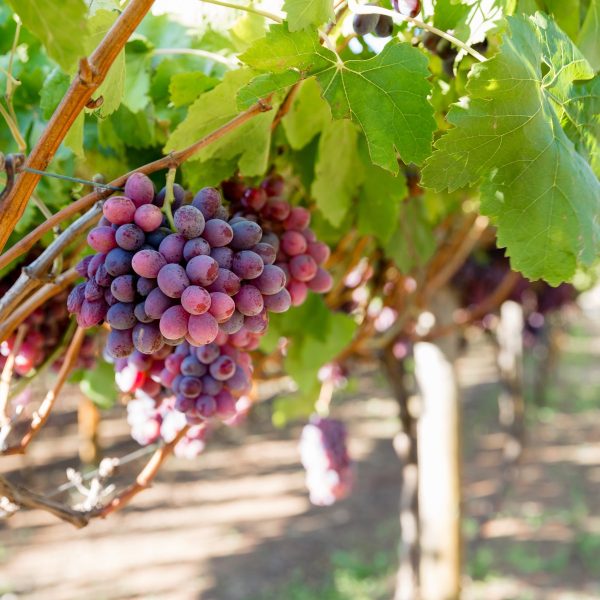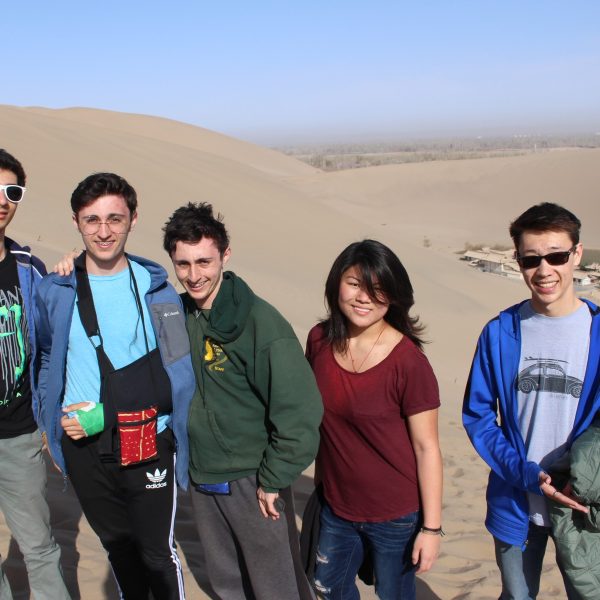The Silk Road was an important trade route that connected China and the West in ancient times, with its origins tracing back to the 2nd century BC during the Han Dynasty. The Silk Road was not a single road but a complex network comprising multiple routes, both overland and maritime. The overland Silk Road mainly passed through western China (such as Xinjiang), Central Asia (including Kazakhstan and Uzbekistan), and West Asia (such as Syria and Turkey), ultimately reaching Europe. The maritime Silk Road connected China with Southeast Asia, India, the Arabian Peninsula, and East Africa via the seas.
SILK ROAD

The trade along the route involved a wide variety of goods, including spices, gemstones, tea, medicinal herbs, ceramics, and metal products. The Silk Road was not only a trade route but also facilitated the exchange of culture, religion, and technology. Religions such as Buddhism, Christianity, and Islam spread along the Silk Road, promoting interaction between different cultures. The Silk Road had a profound impact on the development of history, fostering economic prosperity and advancing science, technology, art, and culture. It serves as a symbol of human civilization’s exchange and integration.
By experiencing the Silk Road firsthand, students can understand how ancient trade influenced the development of human civilization, including changes in economic, political, and social structures. It also helps them cultivate a sense of social responsibility and global citizenship, making them aware of their roles in a globalized world.
Customized Route Design
The Silk Road study tour can be designed around different themes such as history, culture, and natural landscapes.
Typical Route: Xi’an (Chang’an) — Dunhuang — Turpan — Kashgar — Urumqi
Cross-Cultural Exchange and Personal Growth
- Close Interaction with Ethnic Minorities: By engaging with different ethnic groups and cultures, students enhance their cultural understanding and inclusivity.
- Local Activities and Craft Practices: Participation in local activities boosts students’ hands-on skills and creativity, including learning about the murals of Dunhuang’s Mogao Caves and hands-on creation.
- Historical Learning: Engaging bilingual guides provide captivating explanations that help students understand the cultures, histories, and traditions of various countries and regions along the Silk Road, enhancing their respect for and understanding of multiculturalism, which aids in cultivating a global perspective.
- Flexibility and Adaptability: Students improve their adaptability and problem-solving skills when faced with different cultures and environments, preparing them for future academic and career development.
Young Entrepreneurs
Understanding the trade patterns of the Silk Road helps children recognize basic economic concepts such as commodity exchange, market demand, and supply. By participating in group simulations, they gain a better understanding of economic operations, fostering awareness and interest in business.
Ecological and Sustainable Development Awareness
By learning about the ecosystems along the Silk Road, children become aware of the importance of environmental protection and sustainable development, thereby inspiring them to participate actively in environmental protection activities.


















